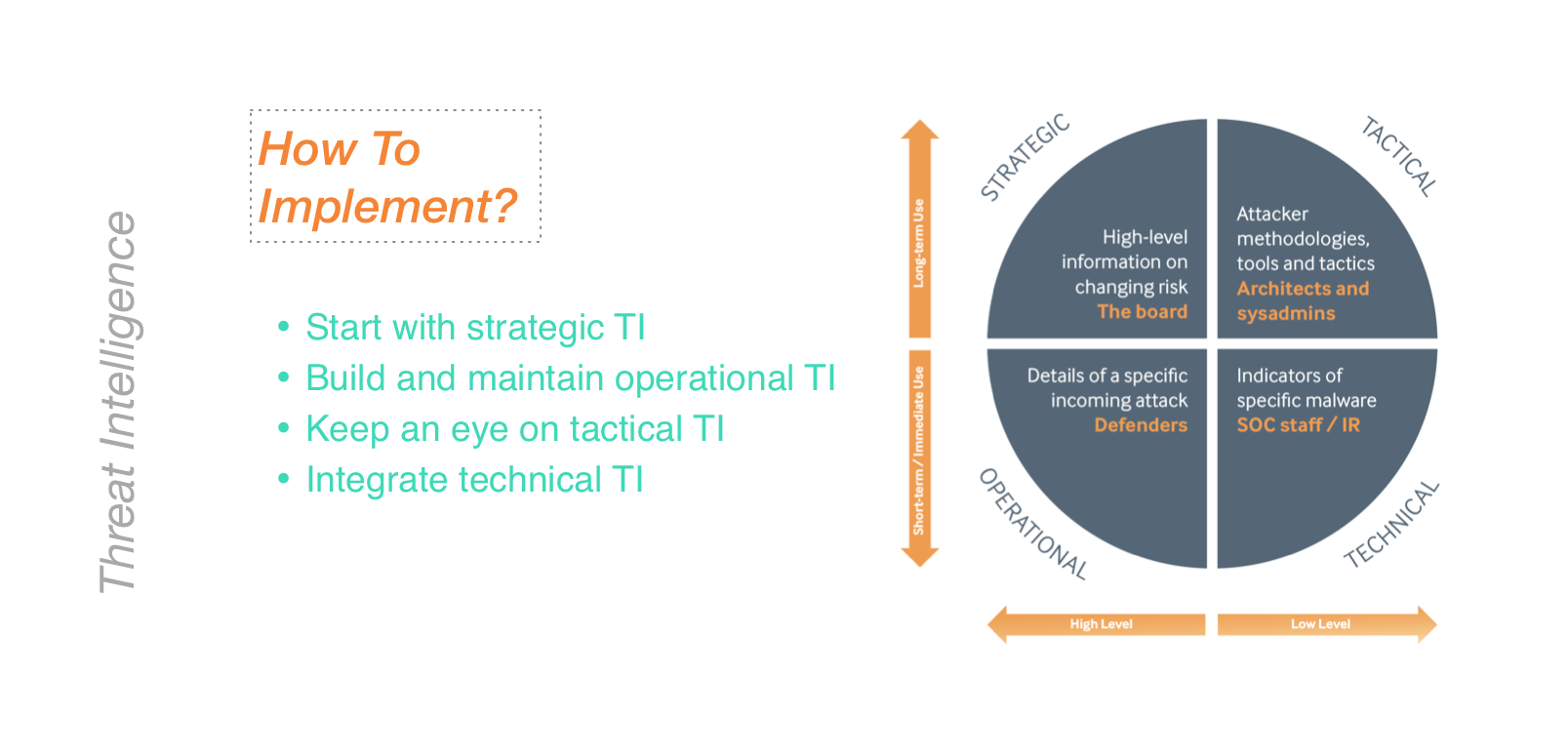
By allowing companies to store data and applications in the cloud and access them from anywhere in the world, cloud computing has completely changed the way businesses work. This ease does, however, come with some security dangers because putting sensitive data in the cloud leaves it open to hacker attacks. Thus, it is crucial to employ cloud security best practices to guarantee the privacy, availability, and integrity of your data. In this article, we’ll talk about several recommended practices that businesses should use to protect their cloud infrastructures.
Define a clear security strategy
In order to secure your cloud environment, you must first establish a defined security strategy. This plan should incorporate policies, processes, and controls to reduce security risks and should be in line with your company’s goals and objectives. For various stakeholders involved in the security of your cloud environment, you should also specify their roles and duties.
Choose a reliable cloud provider
To guarantee the security of the organisation’s data, selecting a trustworthy cloud provider is essential. You should seek out a cloud service provider with a solid reputation for security and who has put in place security measures like monitoring, access controls, and encryption.
Implement strong access controls
Strong access restrictions must be implemented in order to secure your cloud environment. To stop illegal access to your data, you should utilize multi-factor authentication (MFA) and strong passwords. To make sure that users only have access to the resources they require to do their jobs, you should also employ role-based access control (RBAC).
Encrypt your data
Your data can be effectively shielded from unauthorized access using encryption. To prevent interceptions and theft, you should encrypt your data both in transit and at rest.
There are two main types of encryption that you can use to secure your cloud environment: symmetric encryption and asymmetric encryption. Symmetric encryption uses the same key to encrypt and decrypt data, while asymmetric encryption uses a pair of keys – a public key and a private key – to encrypt and decrypt data.
When data is in transit, it is vulnerable to interception by cybercriminals. Therefore, it is essential to encrypt your data during transmission using secure protocols such as HTTPS, SSL/TLS, or VPN. These protocols use encryption to ensure that your data is protected from interception and eavesdropping.
When data is at rest, it is stored on servers or storage devices. Encrypting your data at rest ensures that it is protected from unauthorized access, even if the storage device or server is stolen or compromised. Cloud service providers typically offer encryption options for data at rest, including server-side encryption and client-side encryption.
Server-side encryption is where the cloud service provider encrypts your data before storing it on their servers. The encryption keys are managed by the cloud provider, and you do not have direct control over them. Client-side encryption, on the other hand, is where you encrypt your data before uploading it to the cloud. You manage the encryption keys, and the cloud provider only stores the encrypted data. This gives you more control over your data, but it also requires more management on your part.
Monitor your cloud environment
Monitoring your cloud environment entails gathering and analyzing data in order to detect anomalies and suspicious activity that may indicate a security threat.
To effectively monitor your cloud environment, you should put in place a strong monitoring system that can collect data from various sources, such as servers, applications, network devices, and user activities. When it detects suspicious activities or security incidents, the monitoring system should be able to analyze this data in real time and generate alerts.
You can monitor your cloud environment using a variety of tools and technologies, including:
- Security Information and Event Management (SIEM) systems: SIEM systems are designed to collect and analyze security-related data from different sources. They can help you detect security incidents, investigate security alerts, and generate reports.
- Intrusion Detection and Prevention Systems (IDPS): IDPS are designed to detect and prevent network attacks, including denial of service attacks, port scanning, and malware infections.
- Endpoint Detection and Response (EDR) systems: EDR systems are designed to monitor endpoints, including laptops, desktops, and servers, for security incidents. They can help you detect and respond to malware infections, data breaches, and other security threats.
- Cloud Access Security Brokers (CASBs): CASBs are designed to provide visibility and control over cloud applications and services. They can help you monitor user activities, enforce security policies, and detect security incidents in cloud environments.
Regularly backup your data
Backing up your data on a regular basis is critical to ensuring that you can recover it in the event of a security incident. You should implement a backup strategy that ensures your data is regularly backed up and securely stored.
Conduct regular security assessments
Regular security audits are critical for identifying vulnerabilities in your cloud environment. To ensure the security of your cloud environment, you should perform regular penetration testing and vulnerability assessments.
Train your employees
Human resources are an important part of the cloud security strategy. You should provide regular security training to ensure that they are aware of security risks and best practices for mitigating them.
Finally, protecting your data from cyber threats requires securing your cloud environment. You can ensure the security of your cloud environment and the protection of your data by implementing the best practices discussed in this post. Remember that security is an ongoing process, and you should review and update your security strategy on a regular basis to adapt to new security risks and technologies.


